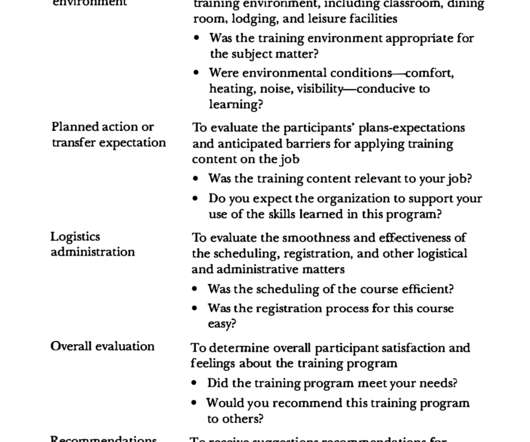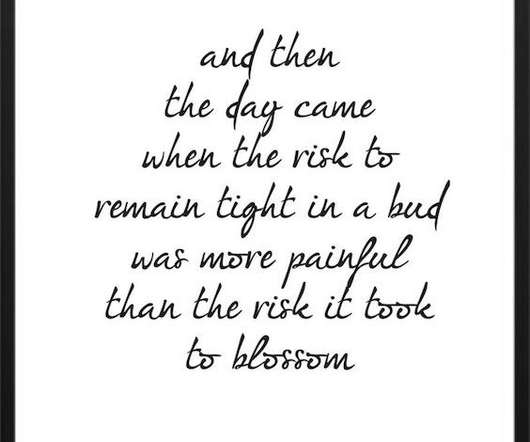What You Should Know About Leadership Development Training
Workplace Psychology
JUNE 30, 2020
The need for this is what all organizations experience or face, which is the need to have effective leadership, not only at the very top, but also at the mid-level and front-line level of the organization. leaders and followers or among peers in a self-managed work team) (Day, Fleenor, Atwater, Sturm, & McKee, 2014).
















Let's personalize your content